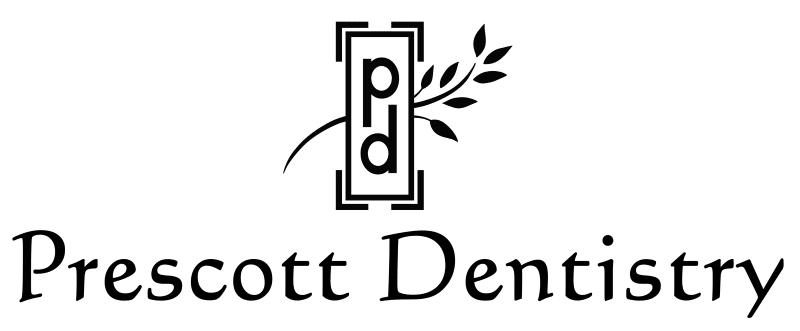
11 Sep The Placebo Effect: Explained?

Have you heard of the placebo effect? This phenomenon is known my most who might answer that question as a medicine that’s just “pretend”. While in one respect that definition of a placebo is true, there may be more to it than just a pretend pill. For some people, a placebo actually works. The first study that proved the placebo effect was actually a real, measurable effect, was completed in 1978 on a test group who had just had their wisdom teeth removed. The study showed that a certain group of “placebo-responders” responded to the placebo suggesting the pill activated natural endogenous pain relief chemicals.
It appears that there may be certain commonalities among those who respond to the placebo effect. Certain studies have shown that altruism and thrill-seeking behaviors may be an underlying link, and others have suggested that the effect is actually a result of the ritual of going to the doctor and the human connection provided not the pill itself. The most recent study seems to be suggesting that genes may be a determining factor. A gene known as COMT is associated with dopamine regulation in the brain, which is linked to both good feelings and pain. A high dopamine mutation means that that person is more sensitive to both. As it turns out, one of the follow up studies centered around patients with irritable-bowl syndrome did in fact reveal that the group with the high-dopamine variant of the COMT gene had a stronger reaction to the placebo.
While we promise none of our anesthesia or treatments are placebos, maybe in the future those who have been identified as these “placebo-responders” will only need a sugar pill when undergoing their dental services in Prescott, AZ! In the mean time, don’t be afraid, the staff at Prescott Dentistry takes the utmost care in our patients and make every effort in providing a comfortable, safe environment. Contact us today for all of your dental service needs!



